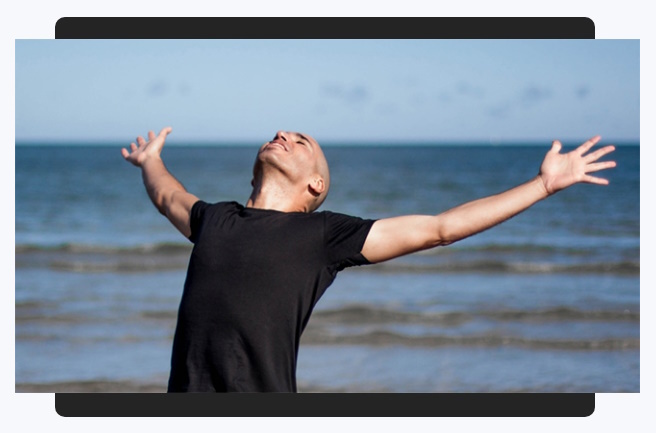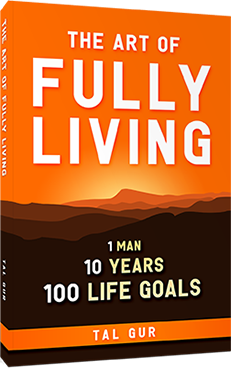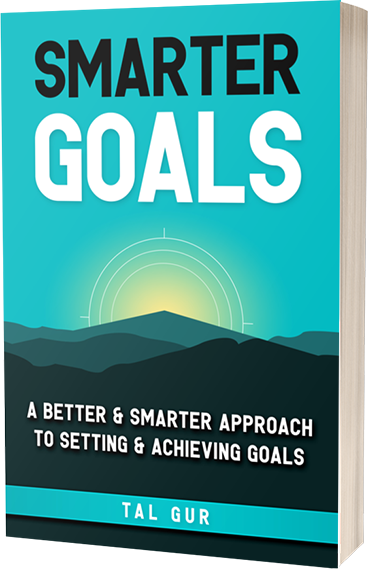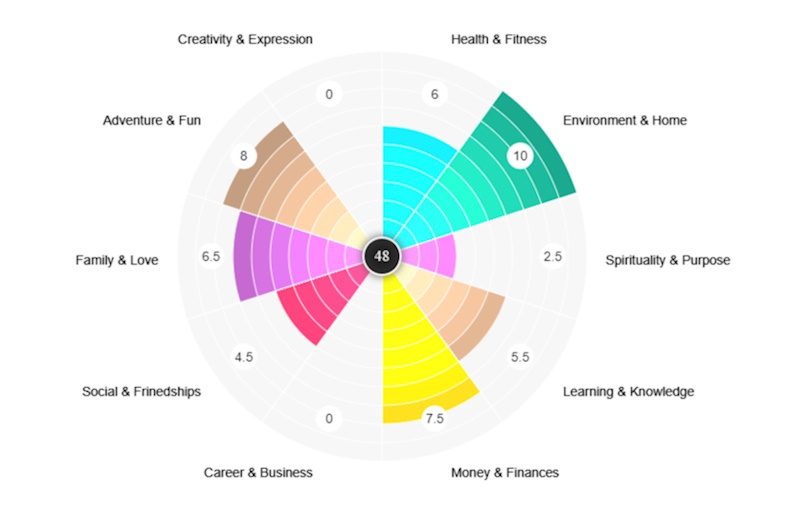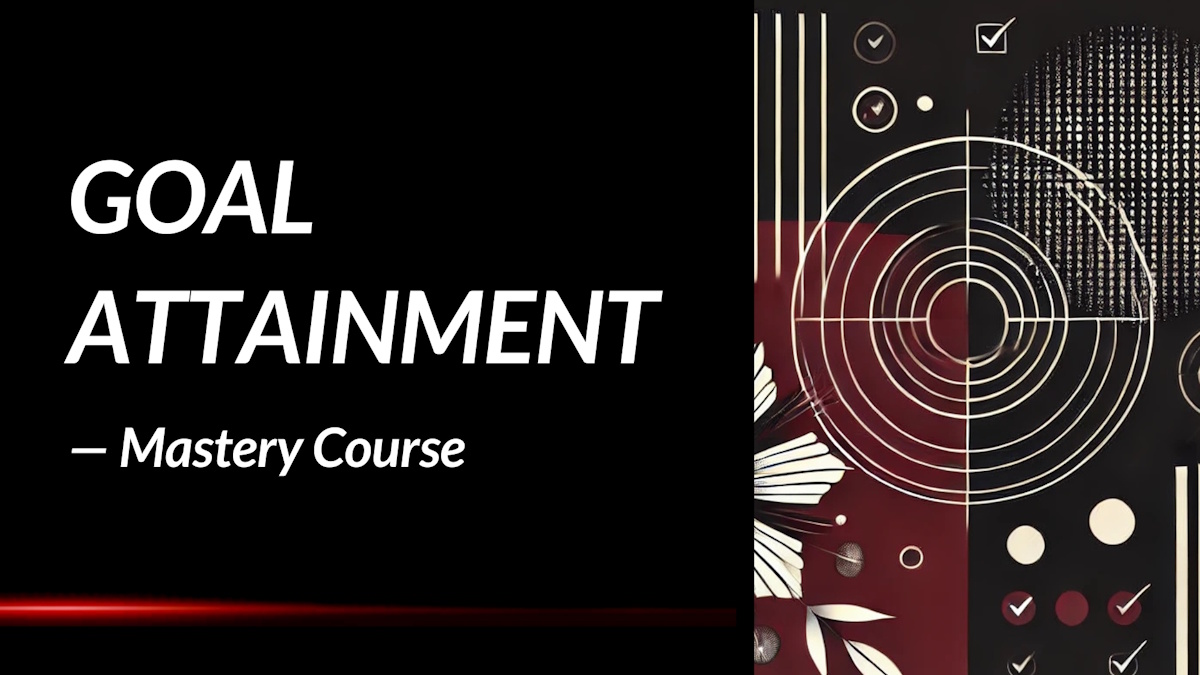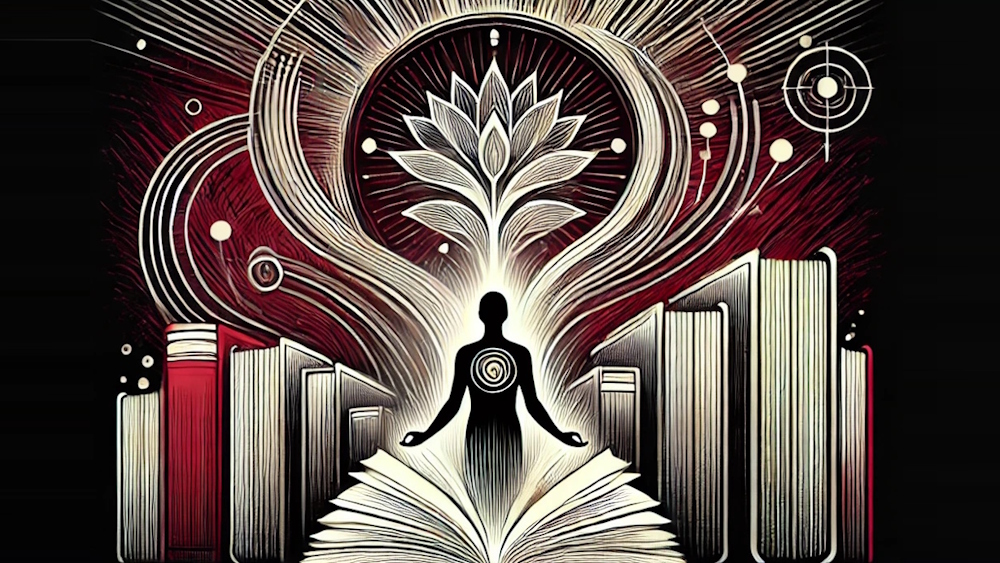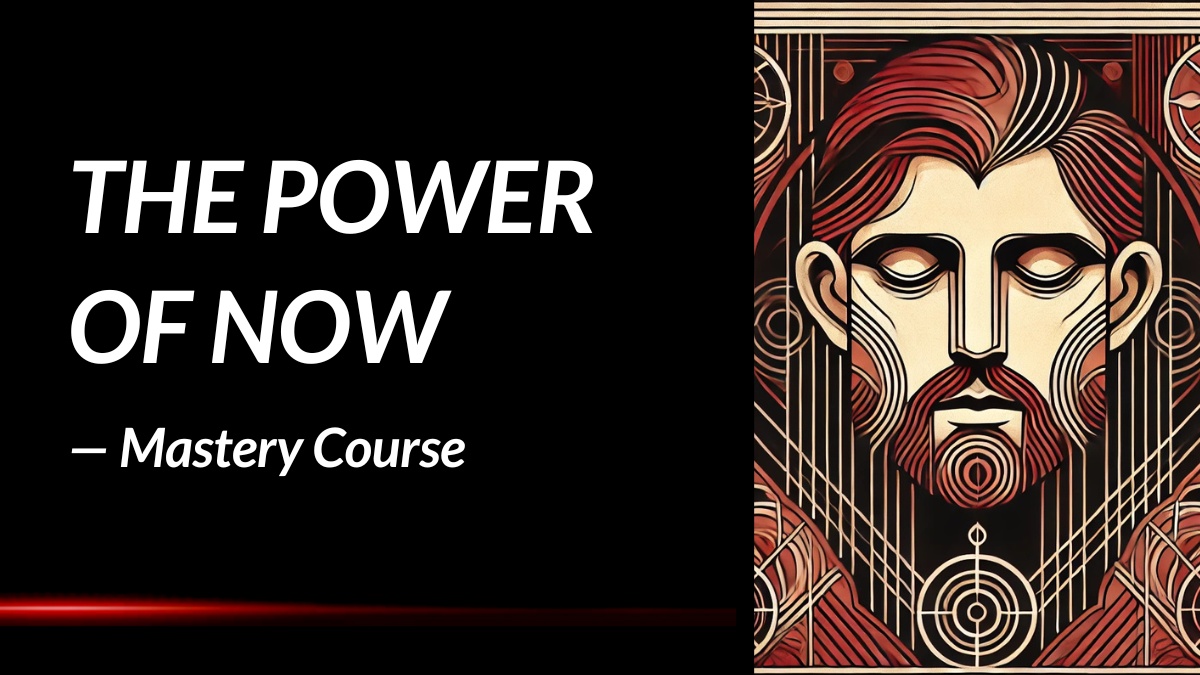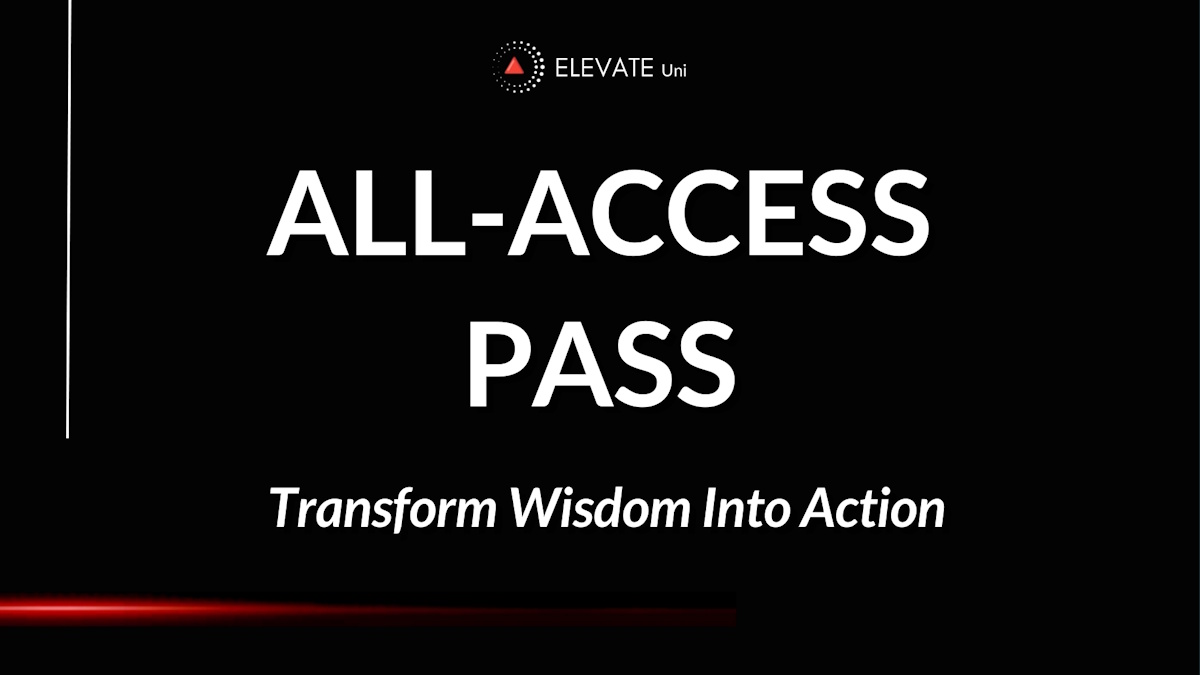Exhausted: Summary Review
Is the relentless pace of modern life leaving you drained and overwhelmed? In Exhausted: An A–Z for the Weary, Anna Katharina Schaffner—a cultural historian and burnout coach—delves into the roots of our collective fatigue and offers pathways to reclaim our vitality.
What is the Book About?
In today's fast-paced world, burnout has become a defining experience for many. Schaffner's Exhausted: An A–Z for the Weary serves as a comprehensive guide to understanding and combating this pervasive sense of weariness. The book explores various facets of exhaustion, from confronting our inner critics to examining how the relentless pursuit of productivity can imprison rather than liberate us. By weaving together insights from science, medicine, literature, and philosophy, Schaffner provides a holistic perspective on the causes and history of burnout, offering readers new strategies to address stress and negativity.
Structured as an A–Z guide, the book presents inventive and freewheeling entries filled with comfort, solace, and practical advice. Schaffner's approach is both enlightening and liberating, aiming to help readers regain control over their exhaustion and rediscover happiness. Whether it's through redefining our relationship with work or embracing rest, Exhausted offers an inspiring roadmap for those seeking to navigate the complexities of modern life with renewed energy and purpose.
Book Details
Print length: 240 pages
Language: English
Publication date: January 18, 2024
Genre: Nonfiction / Self-Help
Book Author
Core Theme
At its core, Exhausted: An A–Z for the Weary addresses the multifaceted nature of exhaustion in contemporary society. Schaffner delves into the psychological and societal factors contributing to widespread burnout, emphasizing how internal pressures, such as perfectionism and self-criticism, intertwine with external demands to deplete our energy reserves. By integrating perspectives from various disciplines, she offers a nuanced understanding of why exhaustion has become so prevalent and how it manifests in our daily lives.
Beyond merely diagnosing the problem, Schaffner advocates for a reevaluation of our cultural attitudes toward productivity and rest. She challenges the glorification of busyness and encourages readers to embrace rest as a vital component of a fulfilling life. Through practical advice and reflective insights, Exhausted serves as both a mirror and a guide, helping readers recognize their own patterns of overextension and offering pathways toward a more balanced and energized existence.
Main Lessons
A few impactful summary lessons from Exhausted: An A–Z for the Weary:
1. Embrace Acceptance to Break the Cycle of Exhaustion
In "Exhausted: An A–Z for the Weary," Anna Katharina Schaffner opens by emphasizing the transformative power of acceptance. The concept revolves around acknowledging the state of exhaustion without judgment or resistance. Drawing from Acceptance and Commitment Therapy (ACT), the book encourages readers to confront their inner critic, not by fighting it but by observing its presence without attachment. This practice resembles watching plates pass by on a conveyor belt sushi bar—allowing negative thoughts to drift without consuming them. By refusing to fuse with negative self-judgments, individuals regain agency over their emotions and reactions. Acceptance, rather than resistance, becomes the foundation for healing and resilience, teaching us that acknowledging our weariness is the first step towards overcoming it.
2. Identify Burnout as More Than Just Physical Fatigue
Schaffner challenges the notion that burnout is merely physical exhaustion, suggesting instead that it’s a profound sense of disillusionment and spiritual fatigue. Drawing insights from Jonathan Malesic, burnout is depicted as the heartbreak of unmet expectations—the despair of investing deeply in one’s work only to find it unrewarding and unreciprocated. This "ailment of the soul" emerges when the purpose and recognition we seek through work fail to materialize, leaving us feeling hollow and disconnected. Burnout, then, becomes less about the amount of work done and more about the mismatch between our aspirations and the reality of our efforts. Recognizing this distinction helps in reframing our approach to recovery, focusing not just on rest but on reevaluating our relationship with work.
3. Leisure as a Sacred Space for Mental Rejuvenation
In a society driven by productivity, Schaffner, along with Byung-Chul Han, advocates for reclaiming leisure as a form of resistance. Han's concept of inactivity, as highlighted in the book, is not mere laziness but a vital component of creative and intellectual freedom. When every moment is monetized and measured, true leisure—a state where one engages in purposeless, joyful activity—becomes revolutionary. Nietzsche's reflections on non-instrumental time reinforce this, suggesting that unstructured periods allow for spontaneous creativity and inner growth. Leisure, thus, is not just a break from labor but an essential practice for preserving one’s mental and spiritual well-being.
4. Challenge the Capitalist Paradigm of Unending Productivity
Schaffner critiques the capitalist ethos that equates human value with productivity, drawing from Max Weber’s analysis of the Protestant work ethic. This ideology perpetuates the belief that time not spent working is wasted, embedding a guilt-driven mindset even during moments of rest. The relentless pursuit of efficiency dehumanizes individuals, turning them into mere cogs within the economic machine. Schaffner argues for critical reflection on these ingrained values, advocating for a more balanced perspective that allows room for rest and reflection without the constant shadow of productivity guilt. To break free from this cycle, one must consciously reject the notion that worth is solely determined by output.
5. Confront the Ghost of Numbness That Haunts the Exhausted
When burnout reaches its peak, it can leave individuals feeling like ghosts—present in body but absent in spirit. Schaffner poignantly captures this state where the desire to feel, to care, and to be alive has been thoroughly drained. This emotional numbness is not merely a survival mechanism but a profound loss of connection to oneself and the world. The challenge lies in reigniting the spark of life through small, meaningful actions rather than attempting a grand overhaul. By rekindling hobbies and simple joys, individuals can gradually thaw the frozen parts of their psyche, reclaiming their humanity piece by piece.
6. Recognize the Harmful Effects of Overstimulation and Negative Media
Modern life bombards us with information, much of it distressing or sensationalized. Schaffner points out that constant exposure to negative news triggers the brain’s stress response, leading to chronic anxiety and creative paralysis. This relentless stream of pessimism not only saps energy but also inhibits our ability to engage meaningfully with the world. By deliberately curating media consumption and setting boundaries around digital engagement, individuals can protect their mental health, reducing the psychological clutter that contributes to burnout. The goal is not ignorance but a mindful approach to information that nurtures rather than depletes.
7. Use Stoic Wisdom to Reclaim Control Over Inner Peace
Schaffner draws inspiration from the Stoic philosophy, which teaches that while we cannot control external events, we have complete authority over our perceptions and responses. This mindset empowers individuals to focus on their reactions rather than the uncontrollable circumstances around them. By prioritizing inner tranquility over external validation, one becomes resilient to the chaos of modern life. This philosophical approach acts as a protective barrier against the relentless demands of contemporary existence, reminding us that peace is cultivated from within rather than granted by external conditions.
8. Cultivate Purposeful Inactivity as a Form of Resistance
Byung-Chul Han’s concept of inactivity as a political act highlights the radical potential of choosing not to participate in the ceaseless cycle of doing. In a world where hyperactivity is glorified, intentional stillness becomes an act of rebellion. Han envisions inactivity not as idleness but as the creation of space for genuine freedom—a time untouched by the pressures of performance or utility. Embracing this form of rest challenges the pervasive mindset that worth is tied to constant output, allowing individuals to rediscover the richness of being rather than doing.
9. Find Joy in Non-Instrumental Activities to Combat Burnout
One of the most practical lessons from Schaffner’s exploration of exhaustion is the rejuvenating power of hobbies. Unlike work tasks that are goal-oriented and measured, hobbies serve no practical purpose other than pleasure. They are unapologetically non-instrumental, much like a child’s play, and their simplicity provides a respite from the relentless grind. By indulging in activities purely for enjoyment, individuals can reconnect with a sense of freedom and creativity often lost in adulthood. In doing so, they resist the cultural tendency to commodify every aspect of human life.
10. Honor the Human Need for Rest Without Justifying It
The underlying message of Schaffner’s book is a call to normalize rest as a fundamental human need rather than a reward for productivity. In a culture obsessed with hustle and efficiency, admitting exhaustion can feel like a failure. Schaffner encourages readers to see rest not as a luxury but as a non-negotiable part of life. By doing so, we reject the toxic narrative that resting is a sign of weakness and instead embrace it as a cornerstone of well-being and sustainability.
Key Takeaways
Key summary takeaways from the book:
- Burnout is a complex phenomenon influenced by both internal and external factors.
- Perfectionism and self-criticism significantly contribute to feelings of exhaustion.
- Cultural glorification of productivity can lead to neglecting the essential need for rest.
- Integrating insights from various disciplines can provide a holistic understanding of burnout.
- Embracing rest and setting boundaries are crucial steps toward reclaiming energy and well-being.
Book Strengths
Exhausted: An A–Z for the Weary stands out for its interdisciplinary approach, seamlessly blending insights from science, literature, and philosophy to explore the phenomenon of burnout. Schaffner's engaging writing style makes complex concepts accessible, and her practical advice is both actionable and grounded in thorough research. The book's A–Z structure allows readers to navigate topics with ease, making it a versatile resource for those seeking to understand and combat exhaustion.
Who This Book Is For
This book is ideal for individuals feeling overwhelmed by the demands of modern life, professionals experiencing burnout, and anyone interested in understanding the cultural and psychological underpinnings of exhaustion. It's also valuable for readers seeking practical strategies to enhance their well-being and cultivate a more balanced approach to work and rest.
Why Should You Read This Book?
Exhausted: An A–Z for the Weary offers a compassionate and insightful exploration of a condition that affects many in today's society. Schaffner's blend of scholarly rigor and practical wisdom provides readers with both the understanding and tools needed to address their own experiences of burnout. By reading this book, you'll gain valuable perspectives on managing stress, setting boundaries, and embracing rest as an essential component of a fulfilling life.
Concluding Thoughts.
In a world where the pressure to constantly perform can lead to chronic exhaustion, Anna Katharina Schaffner's Exhausted: An A–Z for the Weary serves as a timely and invaluable resource. Through its thoughtful exploration of burnout's causes and remedies, the book empowers readers to take proactive steps toward reclaiming their energy and well-being.
By challenging prevailing cultural narratives around productivity and offering practical strategies for rest and self-care, Schaffner encourages a paradigm shift that prioritizes holistic health. Exhausted is more than just a guide; it's an invitation to redefine our relationship with work, rest, and ourselves.
→ Get the book on Amazon or discover more via the author's website or social channels.
* The publisher and editor of this summary review made every effort to maintain information accuracy, including any published quotes, lessons, takeaways, or summary notes.
Chief Editor
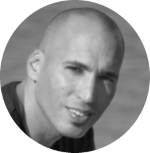 Tal Gur is an author, founder, and impact-driven entrepreneur at heart. After trading his daily grind for a life of his own daring design, he spent a decade pursuing 100 major life goals around the globe. His journey and most recent book, The Art of Fully Living, has led him to found Elevate Society.
Tal Gur is an author, founder, and impact-driven entrepreneur at heart. After trading his daily grind for a life of his own daring design, he spent a decade pursuing 100 major life goals around the globe. His journey and most recent book, The Art of Fully Living, has led him to found Elevate Society.

